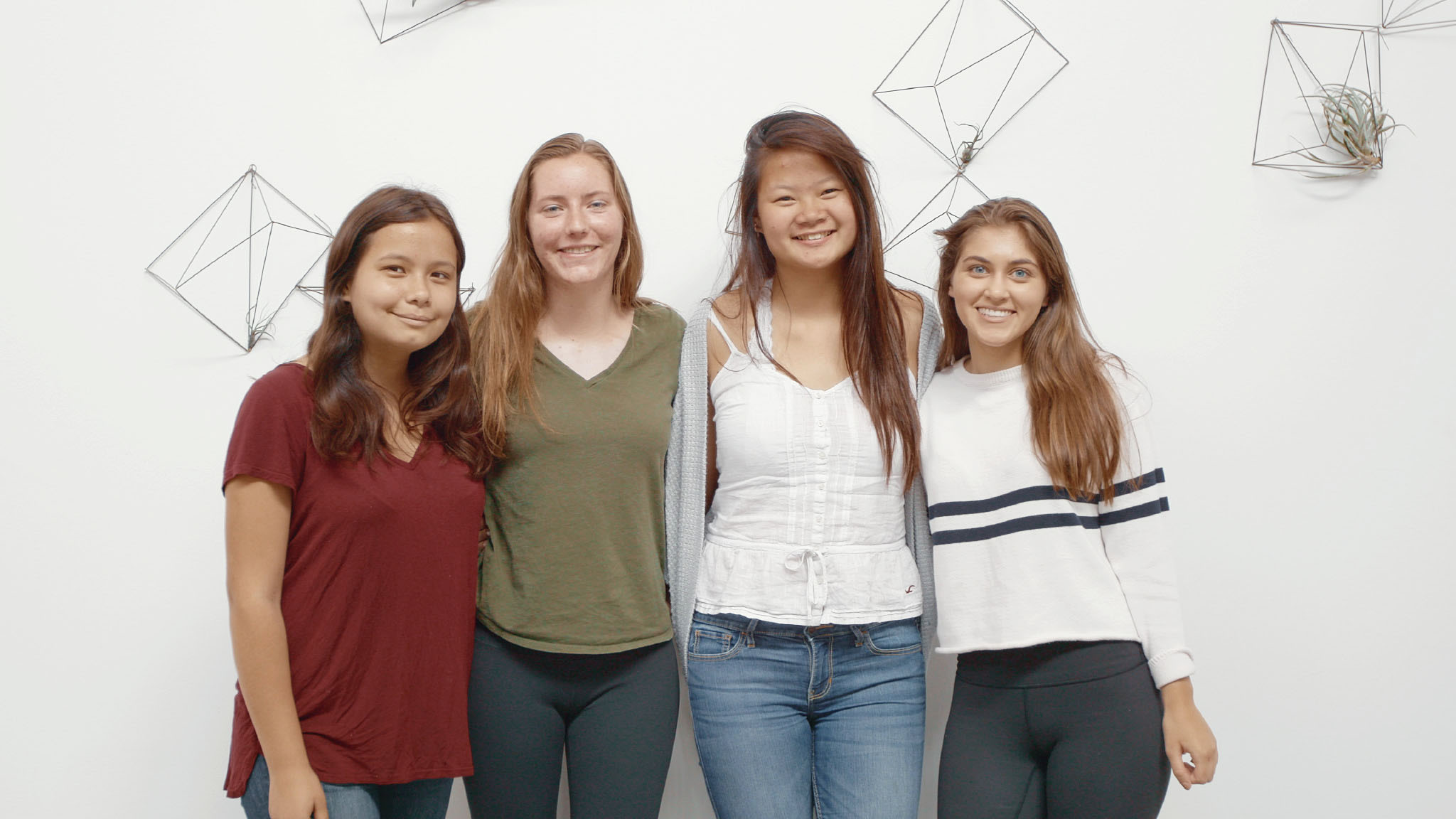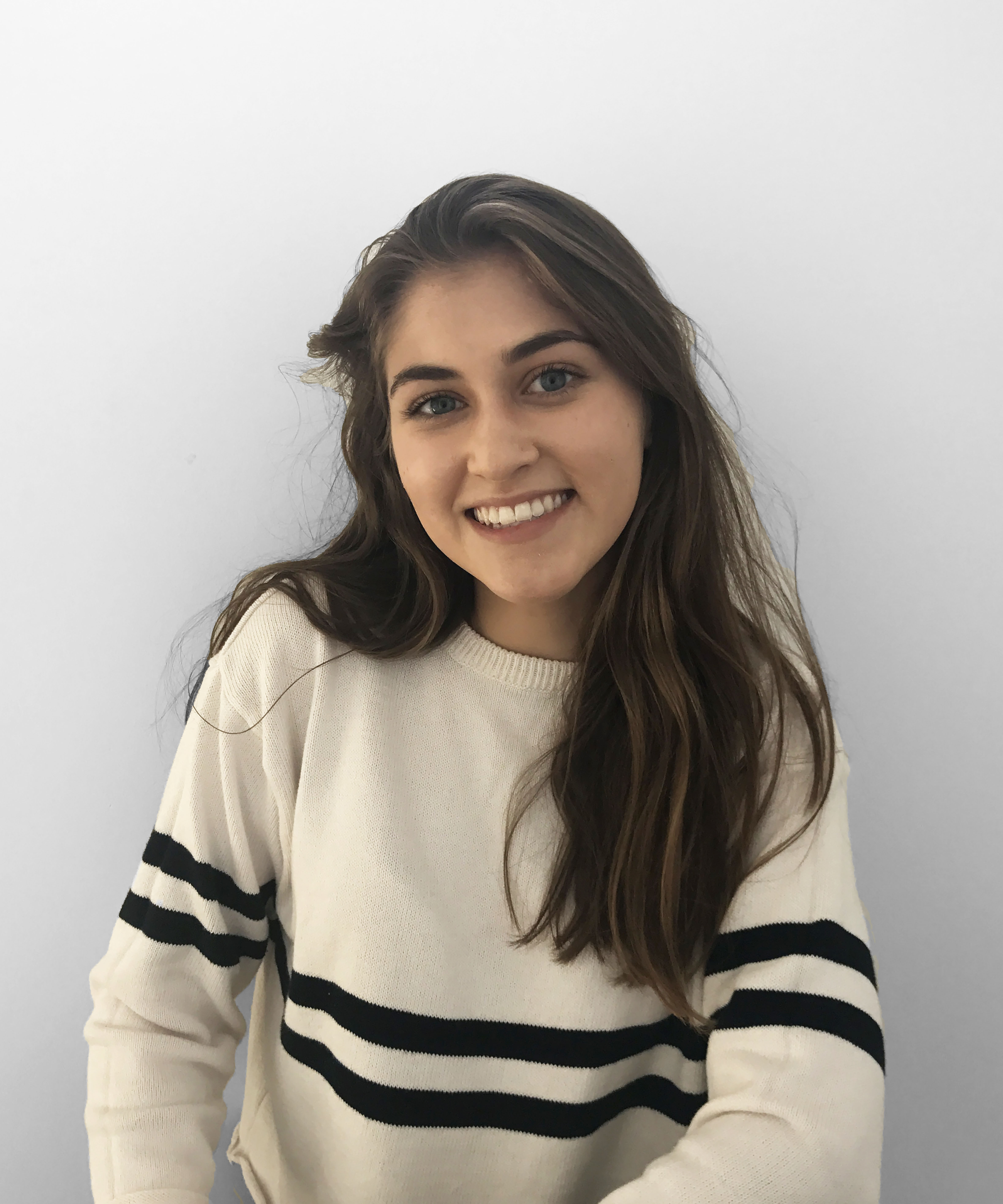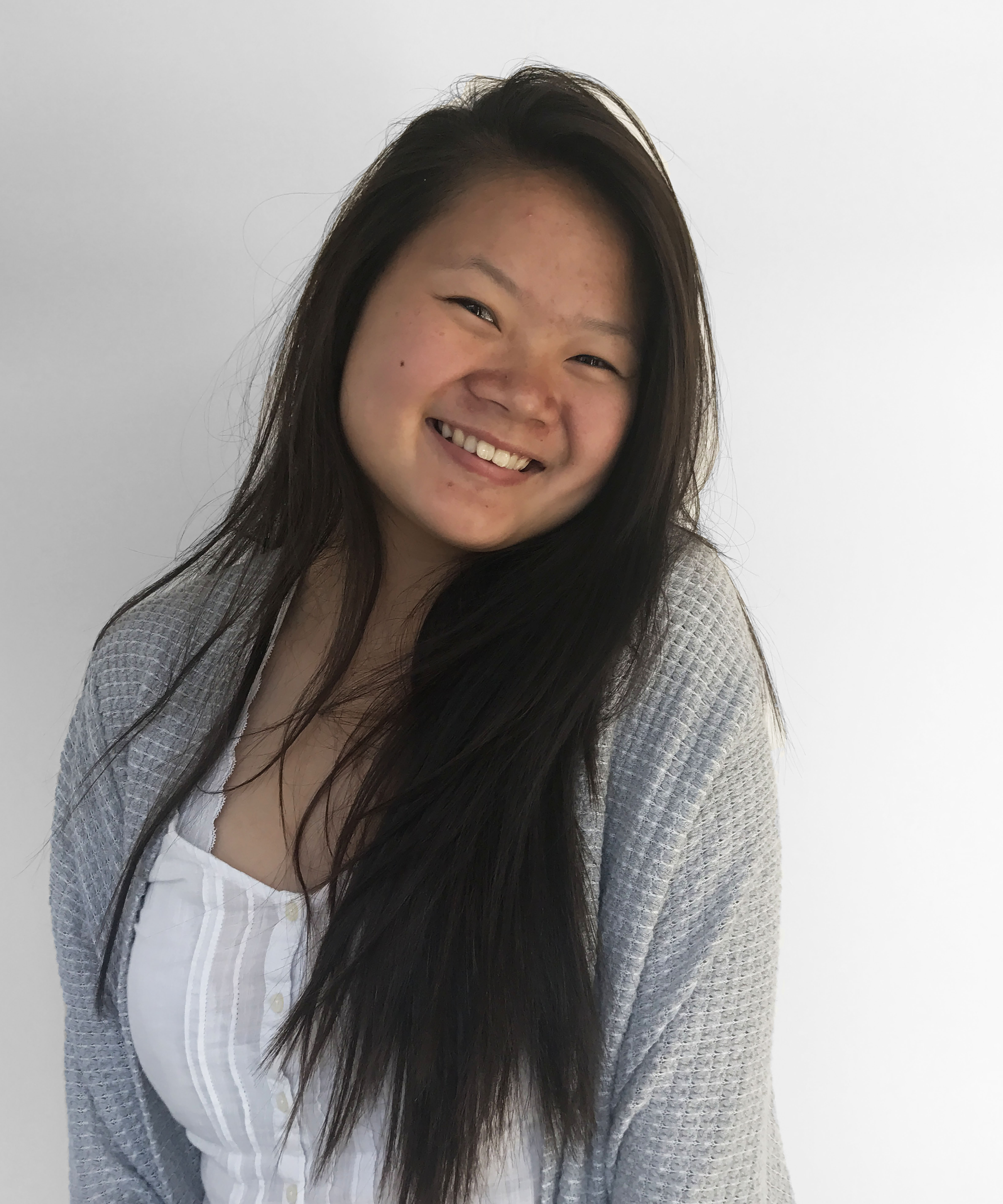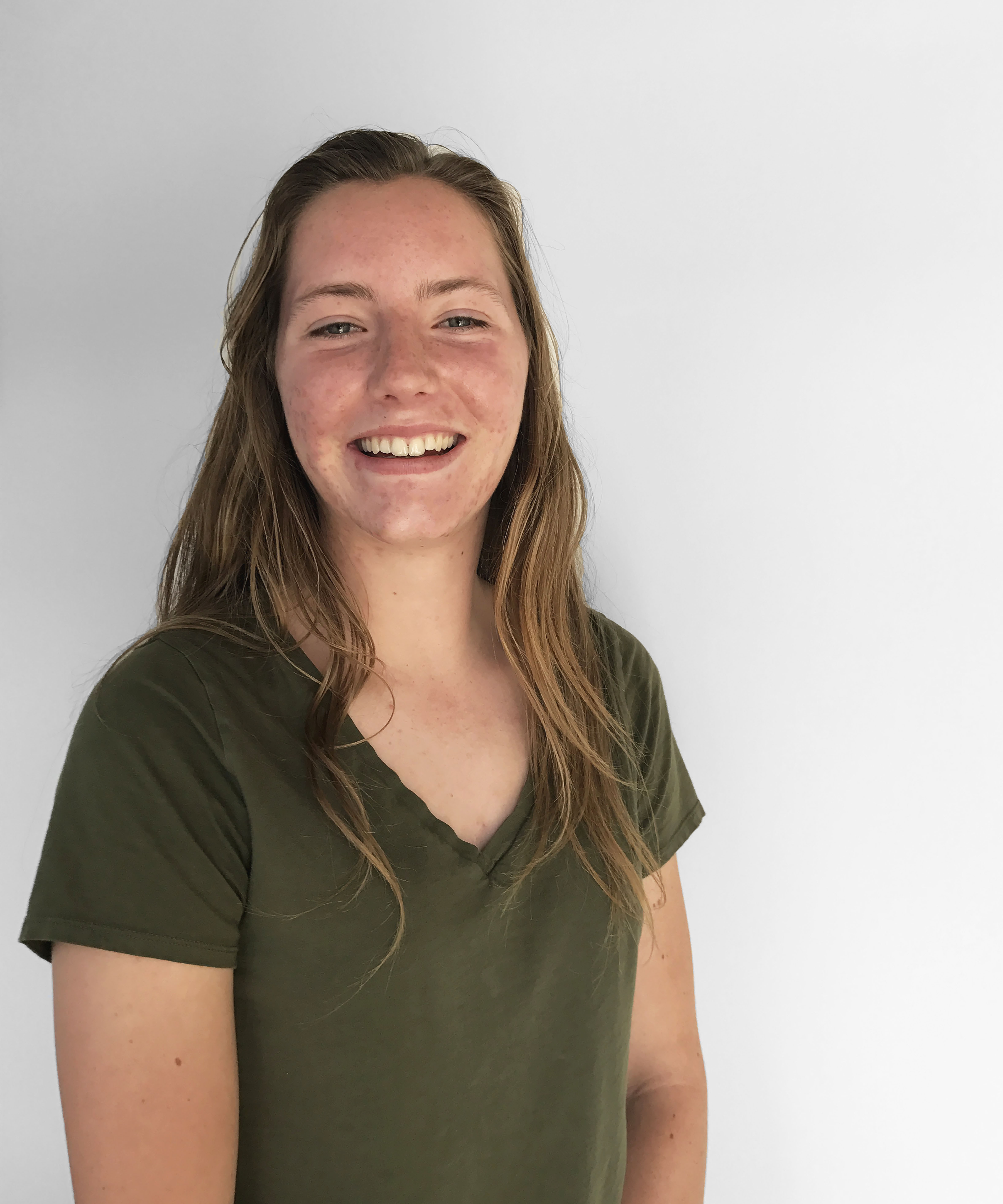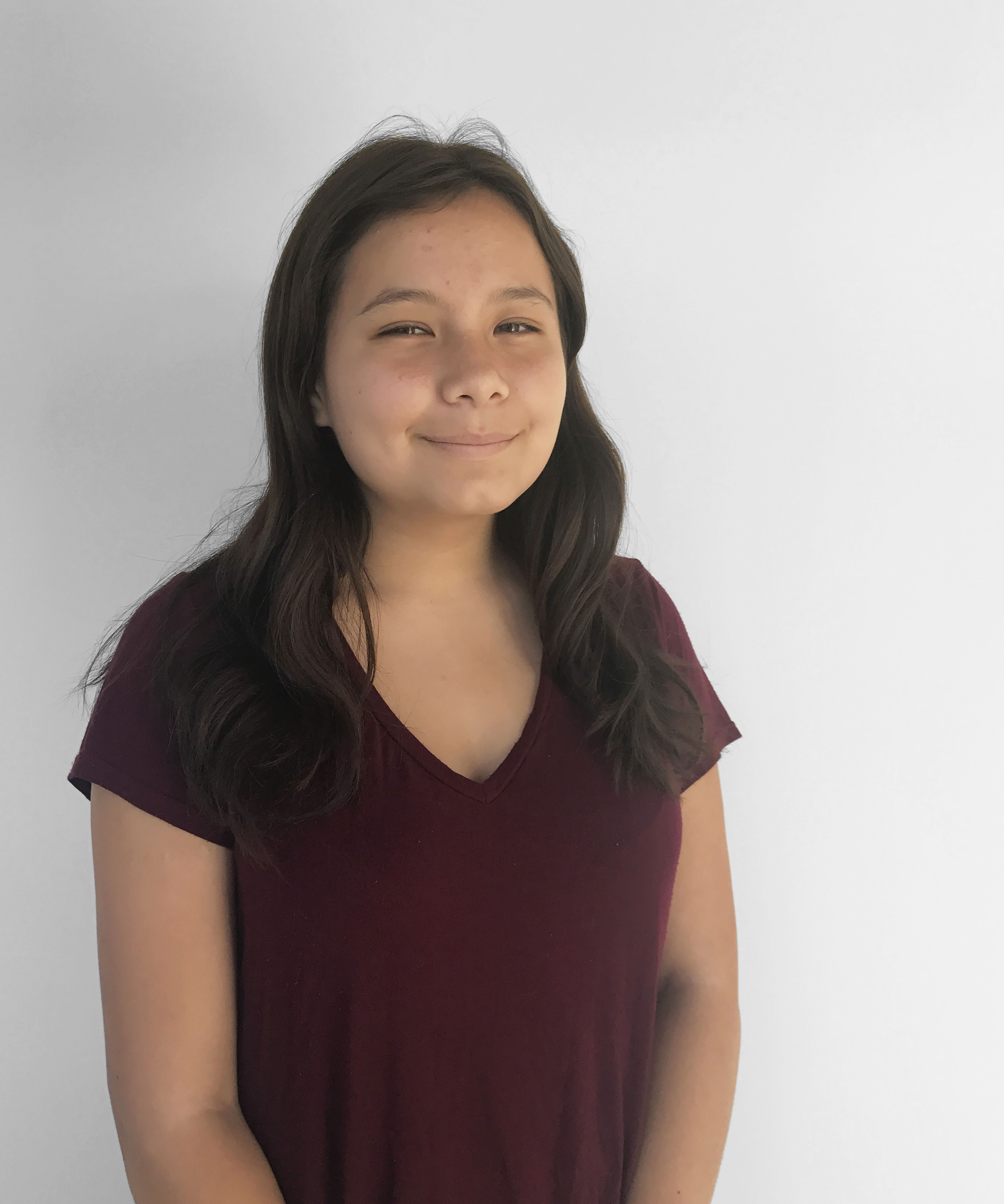Data
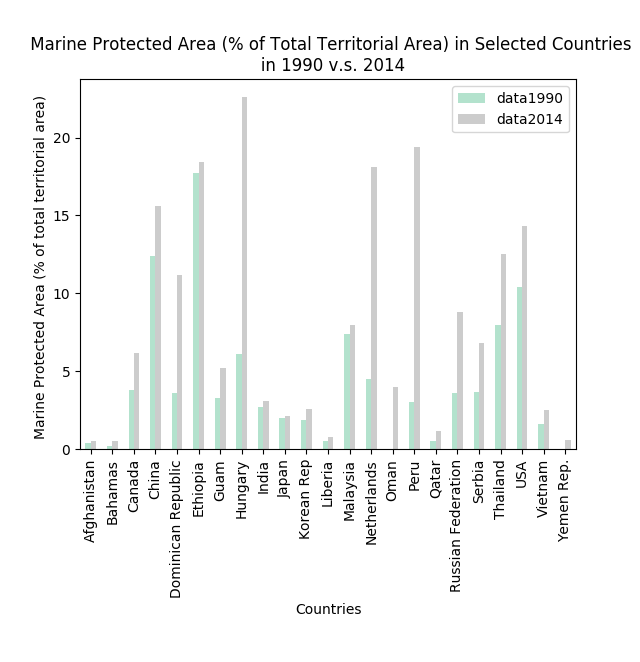
In this graph, the percentage of
Marine Protected Areas (MPA) has
increased
in a little over a decade. This shows
that the human race is seeking change
and has made an effort to protect
marine life. Marine Protected Areas
are sectioned off seas, lakes, and
oceans to preserve natural resources in it.
These Marine Protected Areas are important
because sea creatures and sea life are undisturbed
in these sites.
Because of this, people
are able to see the effects of ocean pollution.
Graph made by Pandas on Python
